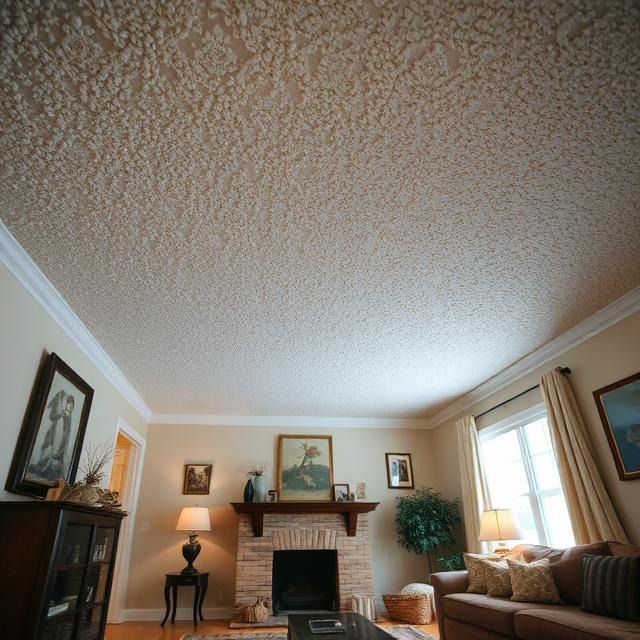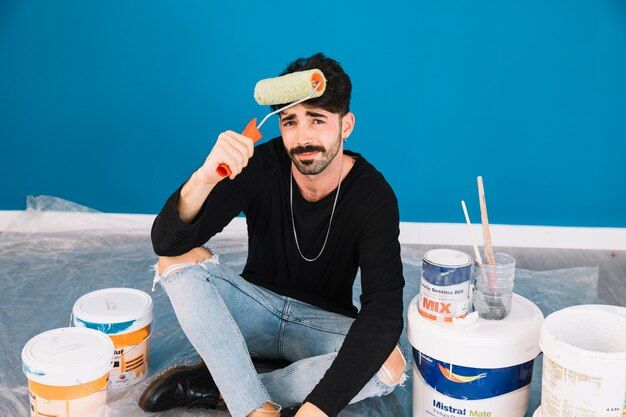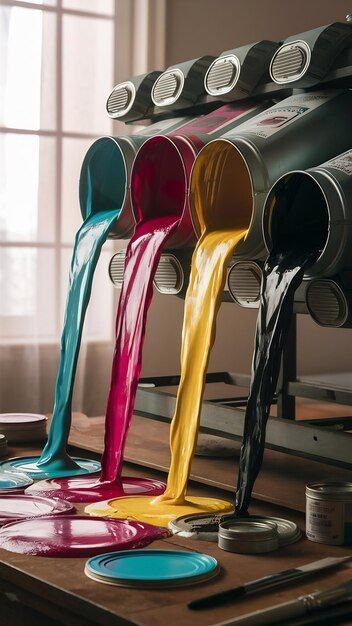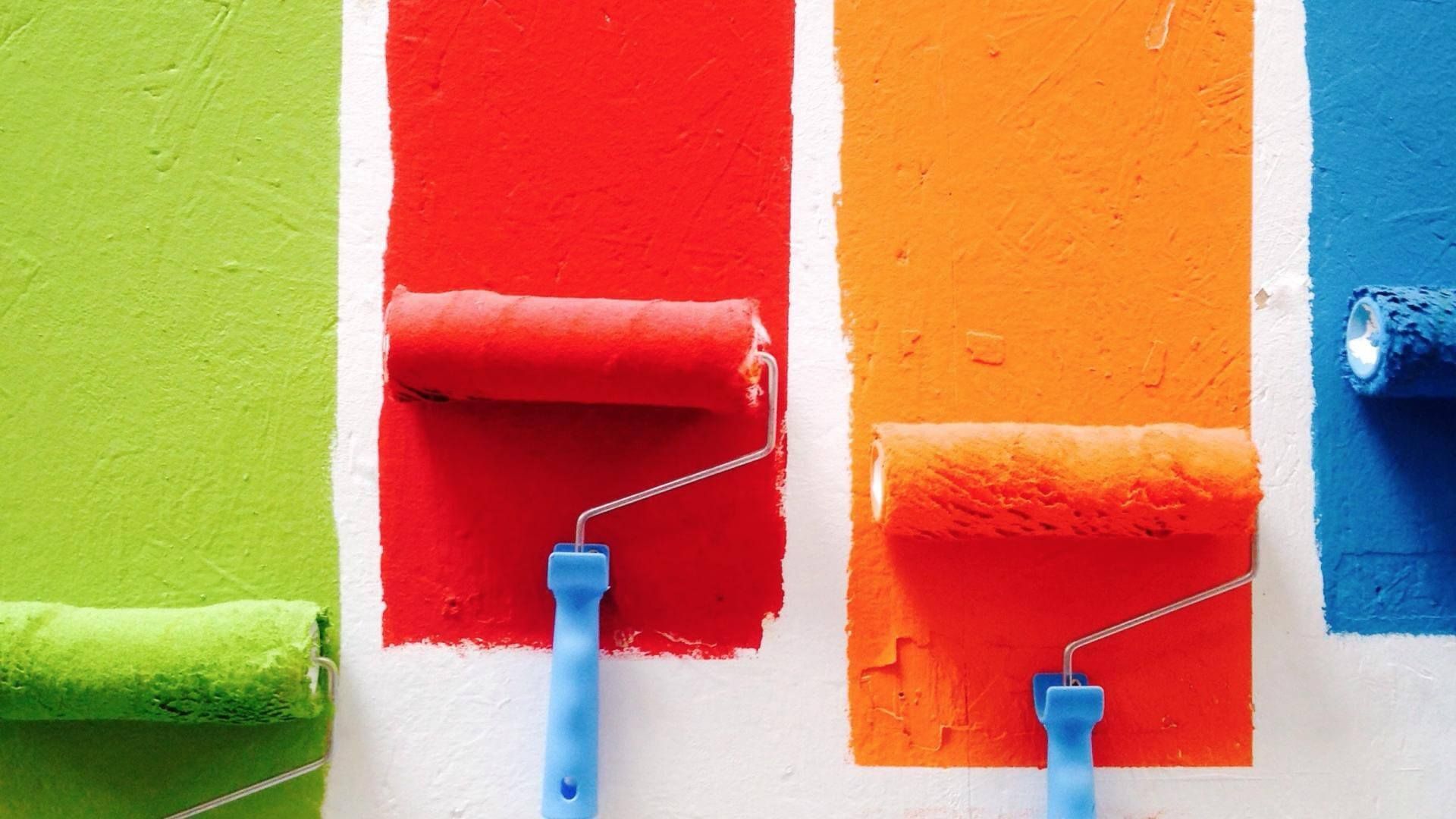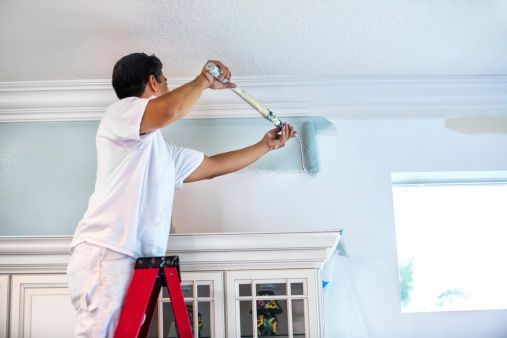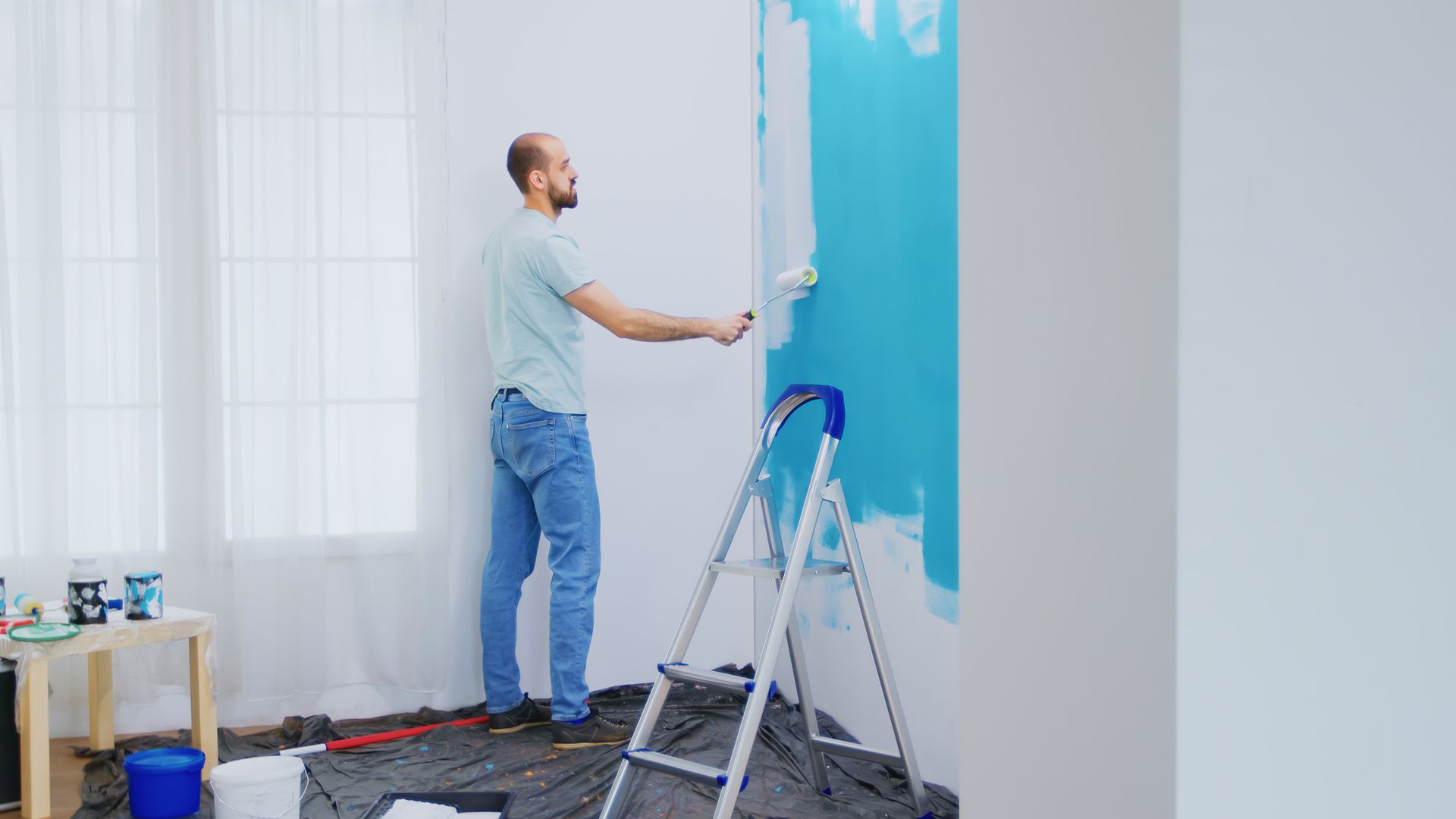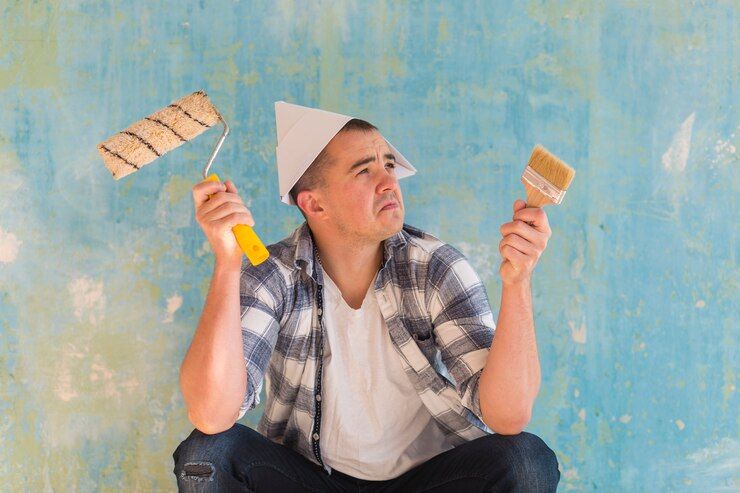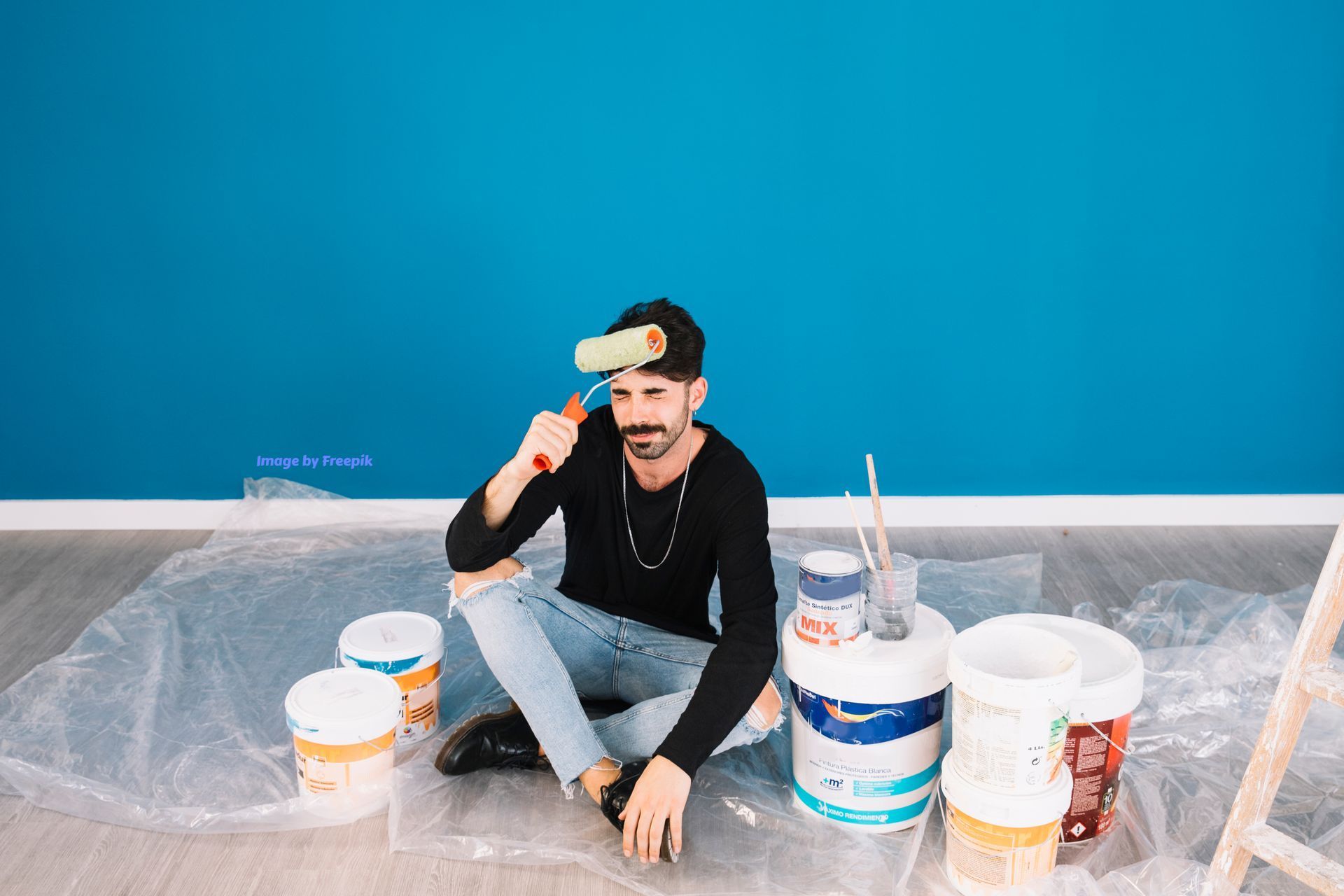Most Effective Way To Pressure Wash In Hawaii
Get ready to blast away the grime buildup on your Hawaii home's exterior with a pressure washer! But hold up… you don't want to cause any unintentional damage.
In this guide, we've got your back with everything you need to know about pressure washing, from the types of pressure washers to power and nozzle selection, safety tips, and even how to clean specific surfaces.
So grab your goggles and get ready to power wash like a pro. Let's go!
Step 1: Pick a Suitable Spot to Pressure Wash
You'll need to find a spot with a solid surface, like a driveway or a patio, to pressure wash. However, remember that different surfaces may require different pressure and spray patterns. Wood may require a lower pressure setting than concrete to prevent damage. Also, make sure to avoid any delicate or sensitive areas like painted surfaces or electrical outlets.
Step 2: Get Your Pressure Washing Equipment Ready
In addition to the basic equipment listed in the previous guide, you may need additional tools or accessories for different surfaces.
For example, you may want to attach a surface cleaner or a rotating brush for cleaning concrete. A pressure washer extension wand can also be handy for hard-to-reach spots on decks or patios.
Pressure washing is all about the engine size. A small engine won’t cut it if you need a heavy-duty cleaning session. Here’s the rundown:
Light-duty: These washers produce under 2,000 PSI, perfect for light household cleaning.- Medium-duty: For your home’s siding, driveway, and fencing, choose a medium-duty with 2,000-2,800 PSI.
- Heavy-duty: Big jobs need a heavy-duty pressure washer with 2,900-3,300 PSI. Think of large concrete areas and second-story cleaning.
- Professional: Planning to repaint your home? Get a professional-grade washer with 3,300 PSI or higher. These powerhouses can handle hours of cleaning without breaking a sweat.
Step 3: Pre-Treat Any Stains or Tough Spots
Before you start pressure washing, pre-treat any stubborn stains or spots on the cleaning surface. For concrete, you can use a specialized concrete cleaner or a mixture of baking soda and water. For wood, you can use a wood cleaner or a mixture of vinegar and water. Apply the solution and let it sit for a few minutes before pressure washing.
Step 4: Adjust Your Pressure and Spray Pattern
For concrete, you can use a higher pressure setting and a narrow spray pattern to blast away dirt and grime. For wood, use a lower pressure setting and a wider spray pattern to avoid damaging the wood fibers. For sliding surfaces, use a lower pressure setting and a wider spray pattern to prevent any damage or denting.
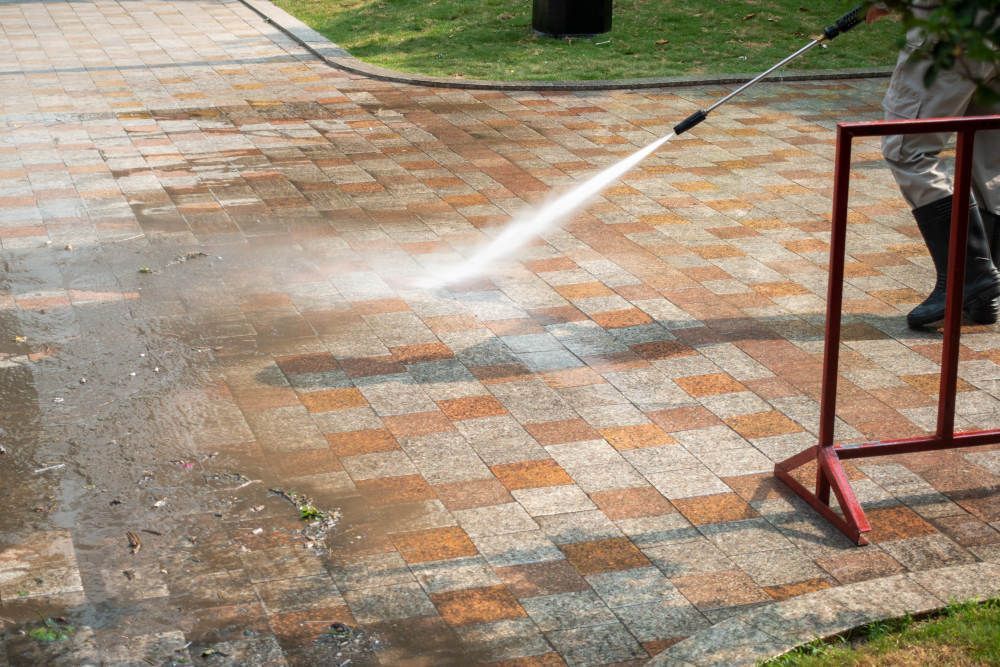
Step 5: Start Pressure Washing
Now you're ready to start pressure washing! Begin by applying the pressure washer to the surface you want to clean.
Make sure to maintain a consistent distance from the surface and move the nozzle back and forth in a sweeping motion. Take your time to ensure all areas are evenly cleaned. For sliding surfaces, start from the top and work your way down to avoid any streaking.
The nozzle you choose is important because it determines the water stream's angle, which affects what the stream can do. The good news is that pressure washer nozzles are color-coded for your convenience.
Let me break it down for you:
- Red Nozzles: These have a narrow, zero-degree angle, which makes them super powerful. However, they can also do a lot of damage, so be careful and don't use them up close on any surface.
- Yellow Nozzles: These have a 15-degree angle and work well for pressure washing concrete around your house.
- Green Nozzles: With a 25-degree spray, green nozzles are great for all-purpose household pressure washing. You can use them to wash your car and patio furniture or even clean mildew on your deck.
- White Nozzles: These produce a 40-degree spray and are great for exterior home cleaning. If you need to clean windows or siding, a white-tipped nozzle is your best bet.
- Black Nozzles: These have a 65-degree spray angle, which is the gentlest of all the nozzles. Black nozzles won't remove dirt or stains, but they're perfect for wetting surfaces.
Step 6: Rinse and Repeat (if necessary)
After you've pressure washed the entire area, turn off the pressure washer and disconnect the hoses. Rinse off the surface with your garden hose to remove any remaining debris. If necessary, repeat the pressure washing process until the surface is clean to your satisfaction.
Clean up your gear by disconnecting the hoses, storing them in a safe, dry place, and cleaning the nozzle. Don't forget to dispose of any used cleaning solutions according to local regulations.
Conclusion
Pressure washing: the ultimate gratification for home cleaning junkies. But if you're not ready for the mess and wetness, no worries. You can always call in the professionals and enjoy a clean home without lifting a finger.

